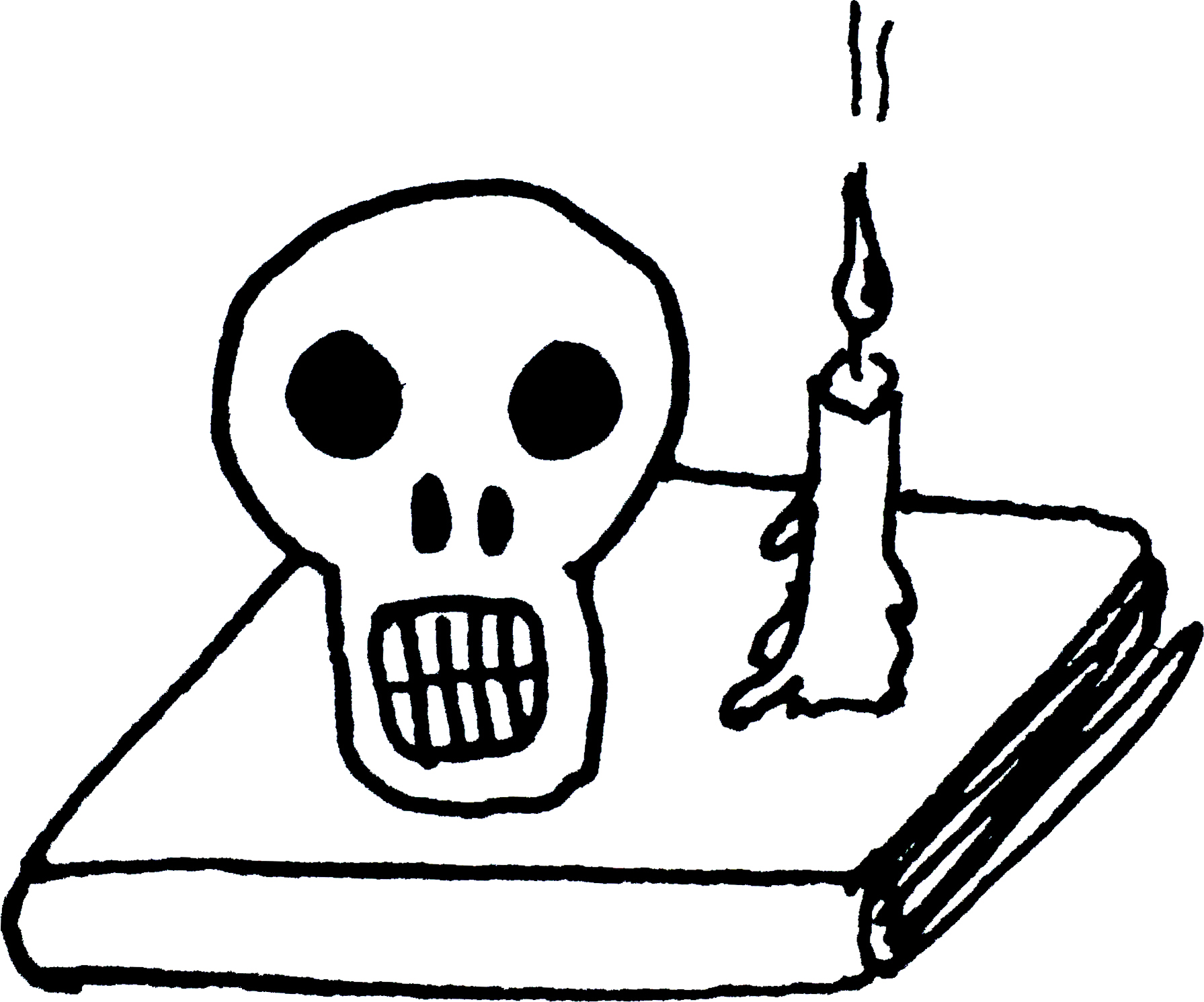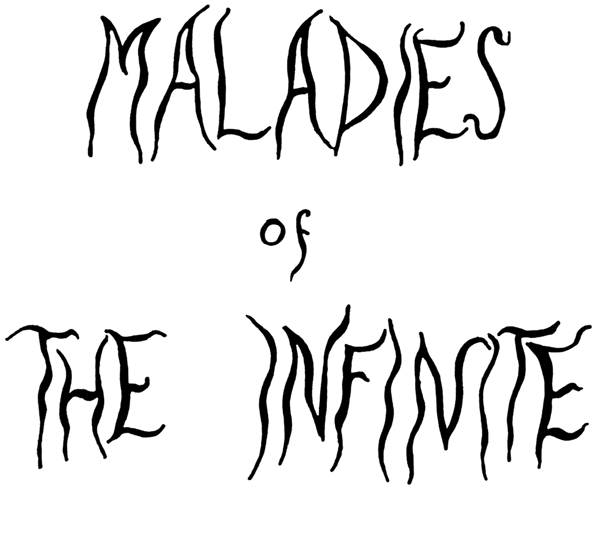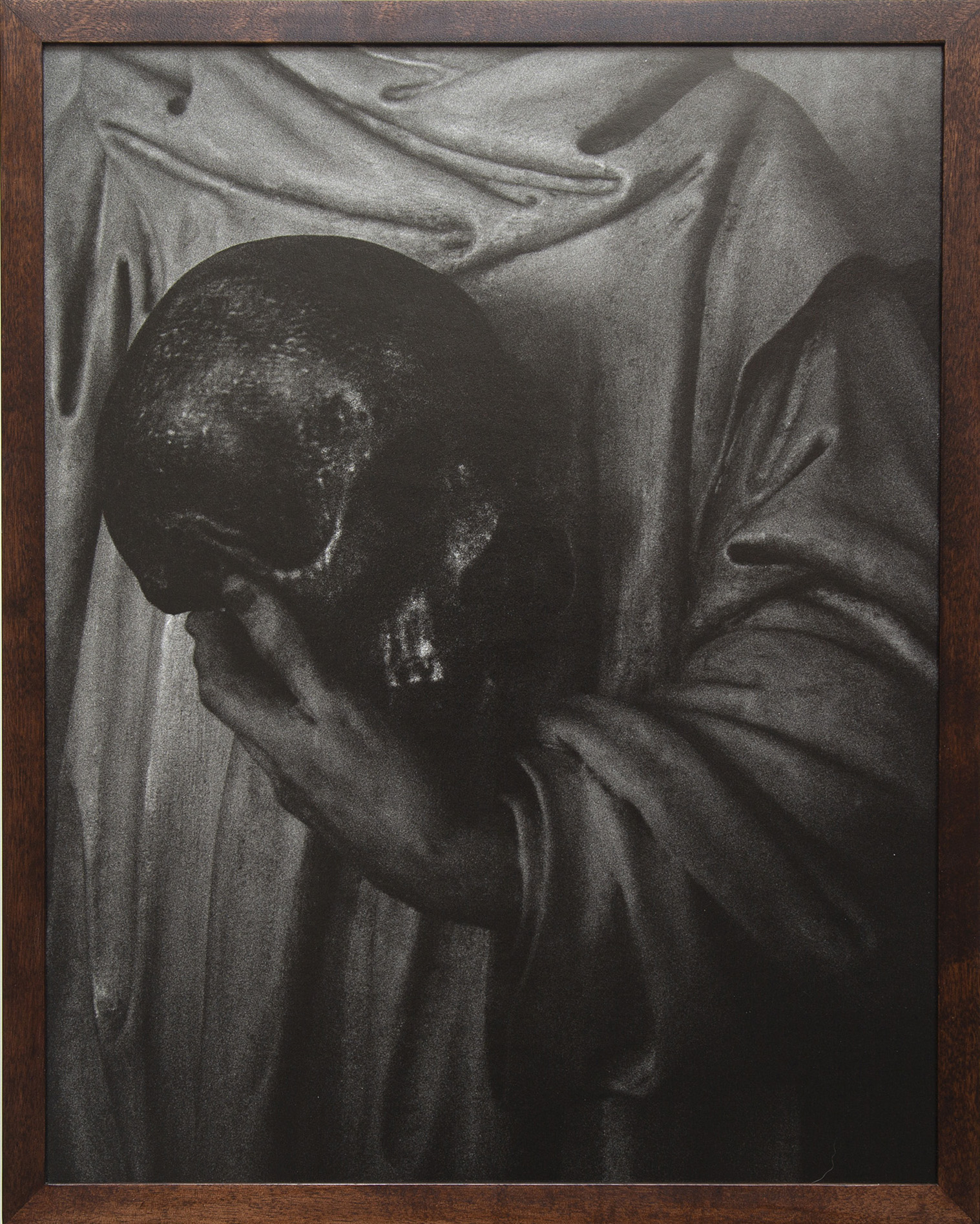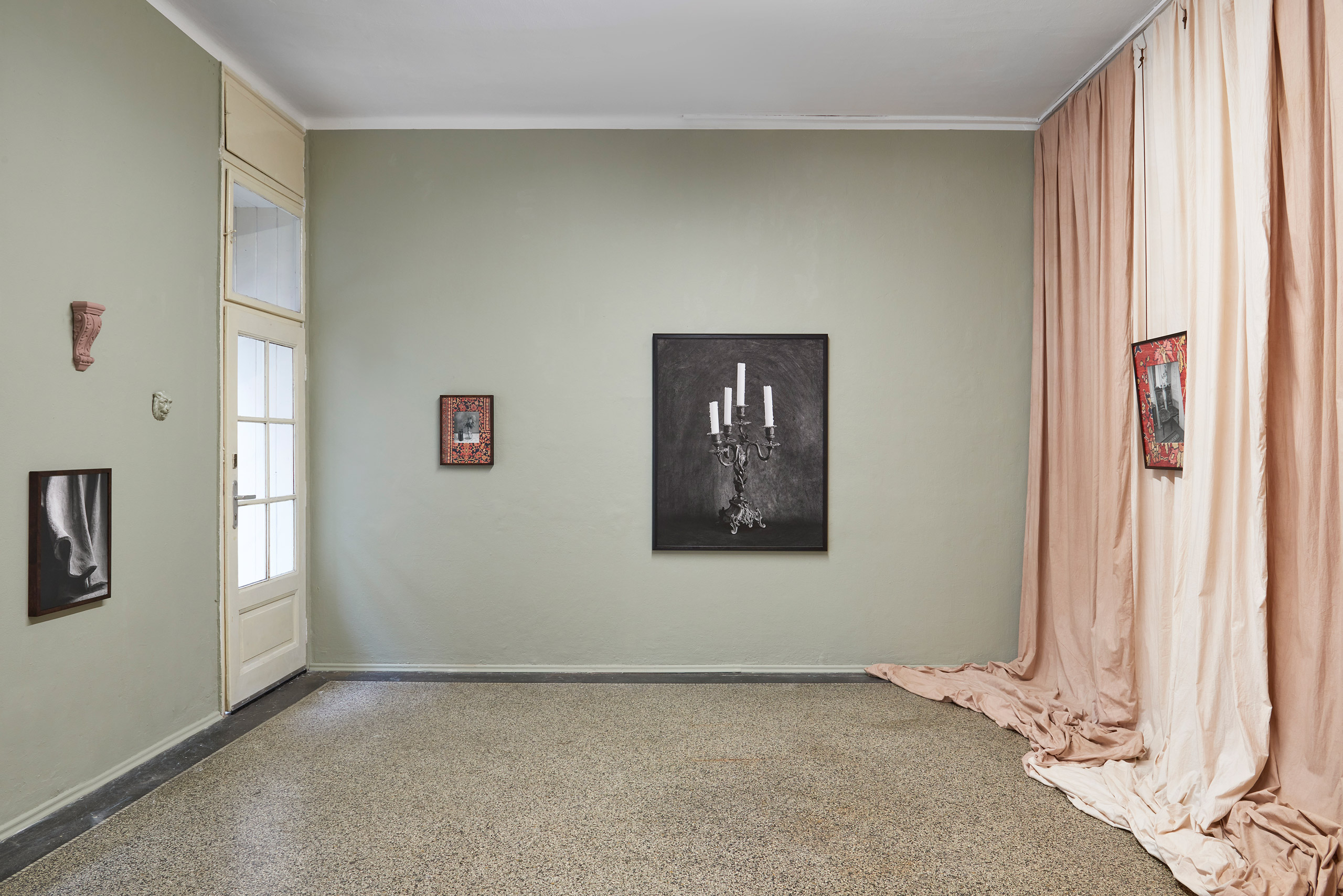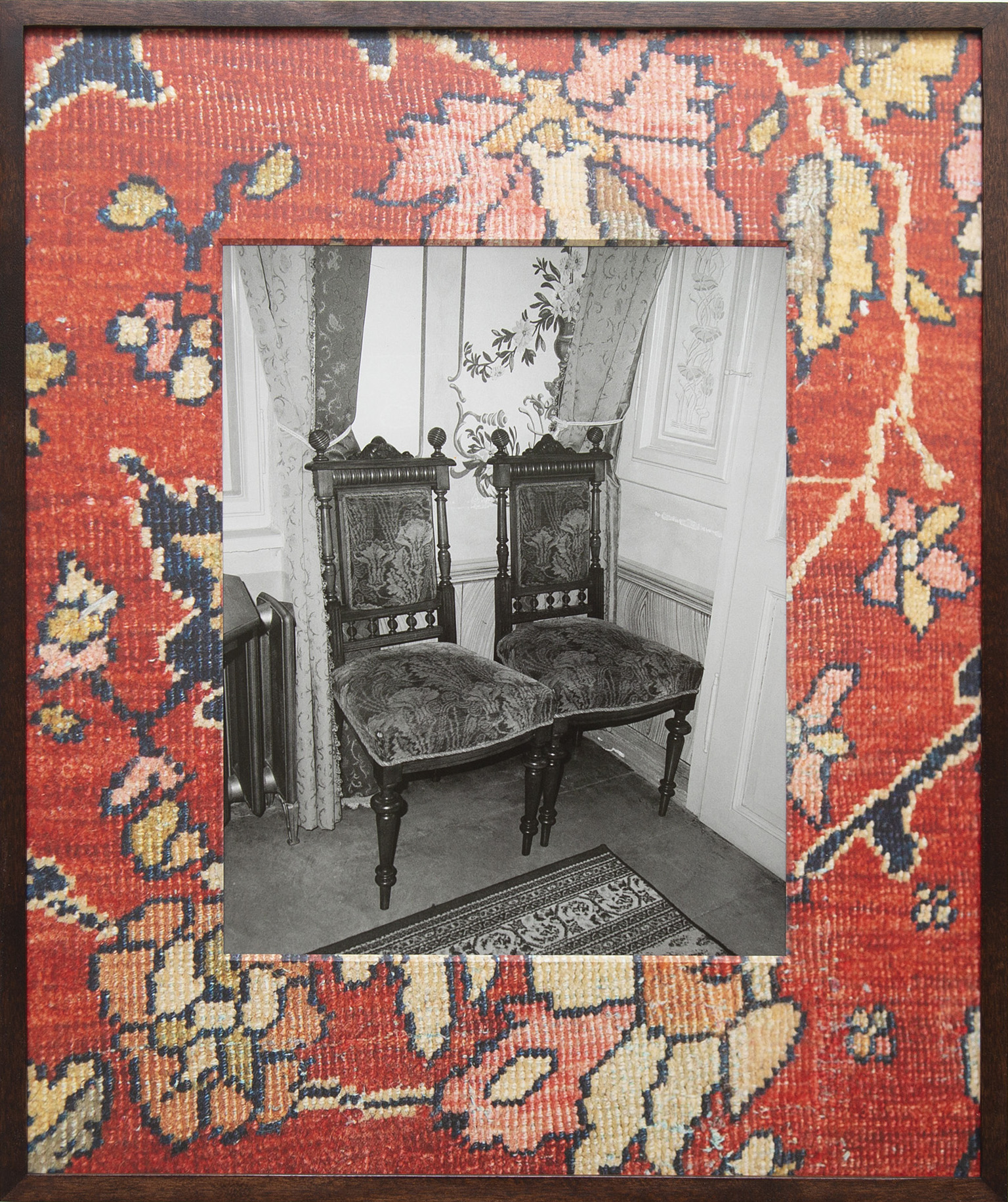”The original form of a dwelling is existence not in the house but in the shell. The shell bears the impression of its occupant. In the most extreme instance, the dwelling becomes a shell. The nineteenth century, like no other century, was addicted to dwelling. It conceived the residence as a receptacle for the person, and it encased him with all his appurtenances so deeply in the dwelling’s interior that one might be reminded of the inside of the compass case, where the instrument with all its accessories lies embedded in deep, usually violet folds of velvet.”
- Walter Benjamin, Arcades project
![]()
Skull (2020)
40 x 50 cm
Framed archival inkjet print on cotton paper
![]()
Exhibition poster, design by Richard Bakeš, Berlinskej Model, Prague, 2022
Maladies of The Infinite, exhibition view, Berlinskej Model, Prague, 2022
Chairs (2022)
51 x 58 cm
Framed gelatin silver handprint on fibre based paper with custom made window mount
51 x 58 cm
Framed gelatin silver handprint on fibre based paper with custom made window mount

Maladies of The Infinite, exhibition view, Kultruni Centar Beograda, 2022

Candelabra (2021)
100 x 125 cm
Archival inkjet print on cotton paper
“The apartment of the fin de siècle encapsulates the encounter of the near and remote, familiar, and estranged, like reflections in the newly manufactured mirrors. In it, furnishing becomes cohabiting. As the world outside accelerates through steam and electricity, the apartment lies unaffected, conjuring up the image of stillness and dust.”




From left to right: Interior, Paris (2013), Lion (2013), Crucifix (2020), Library (2013)
![]()
30 x 40 cm
Framed gelatin silver handprints on fibre based paper
Framed gelatin silver handprints on fibre based paper

Operating table, Bologna (2021)
130 x 104 cm
Archival inkjet print on cotton paper
130 x 104 cm
Archival inkjet print on cotton paper
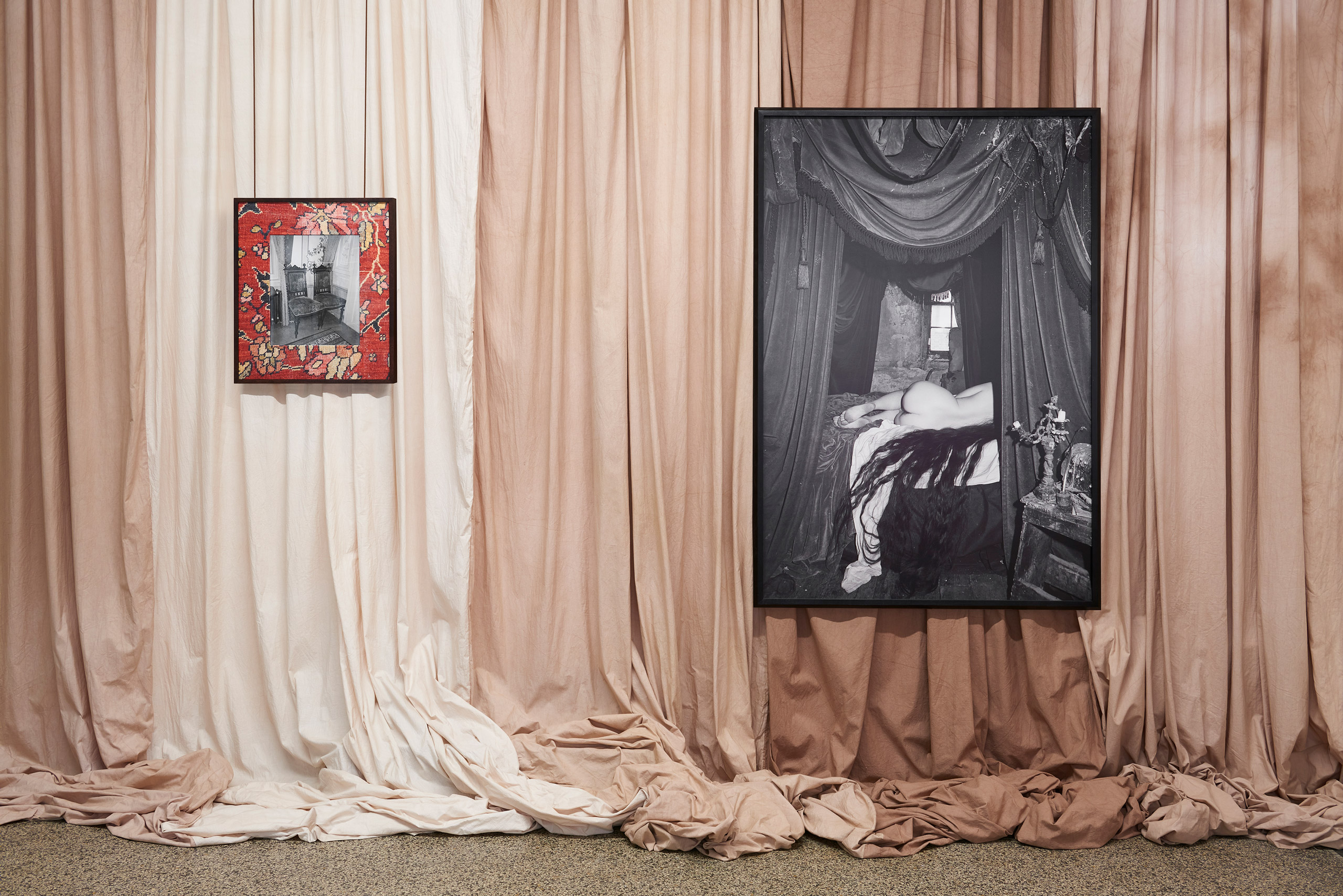
Maladies of The Infinite, exhibition view, Berlinskej Model, Prague, 2022
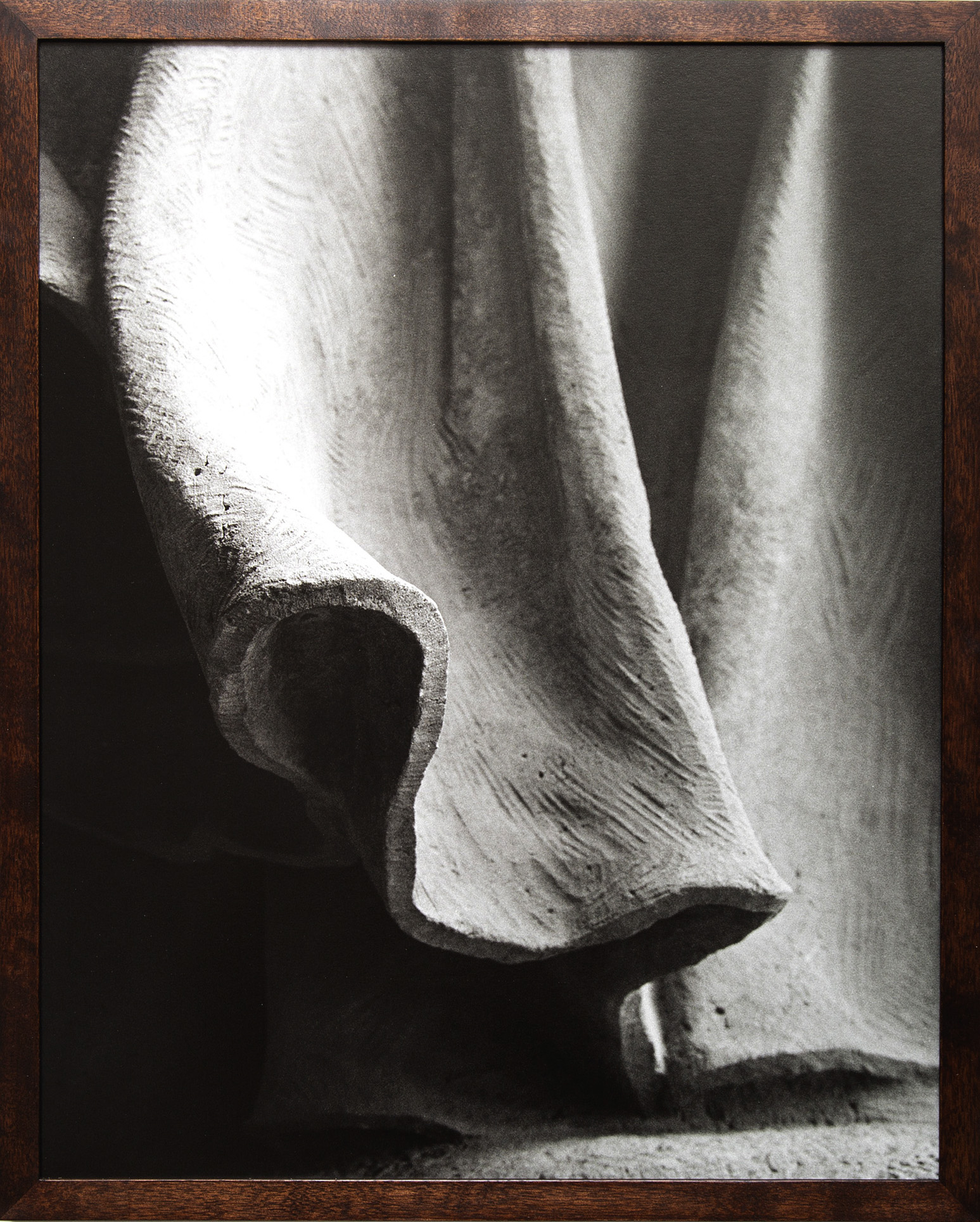
Infinite movement (2020)
40 x 50 cm
Framed archival inkjet print on cotton paper
40 x 50 cm
Framed archival inkjet print on cotton paper
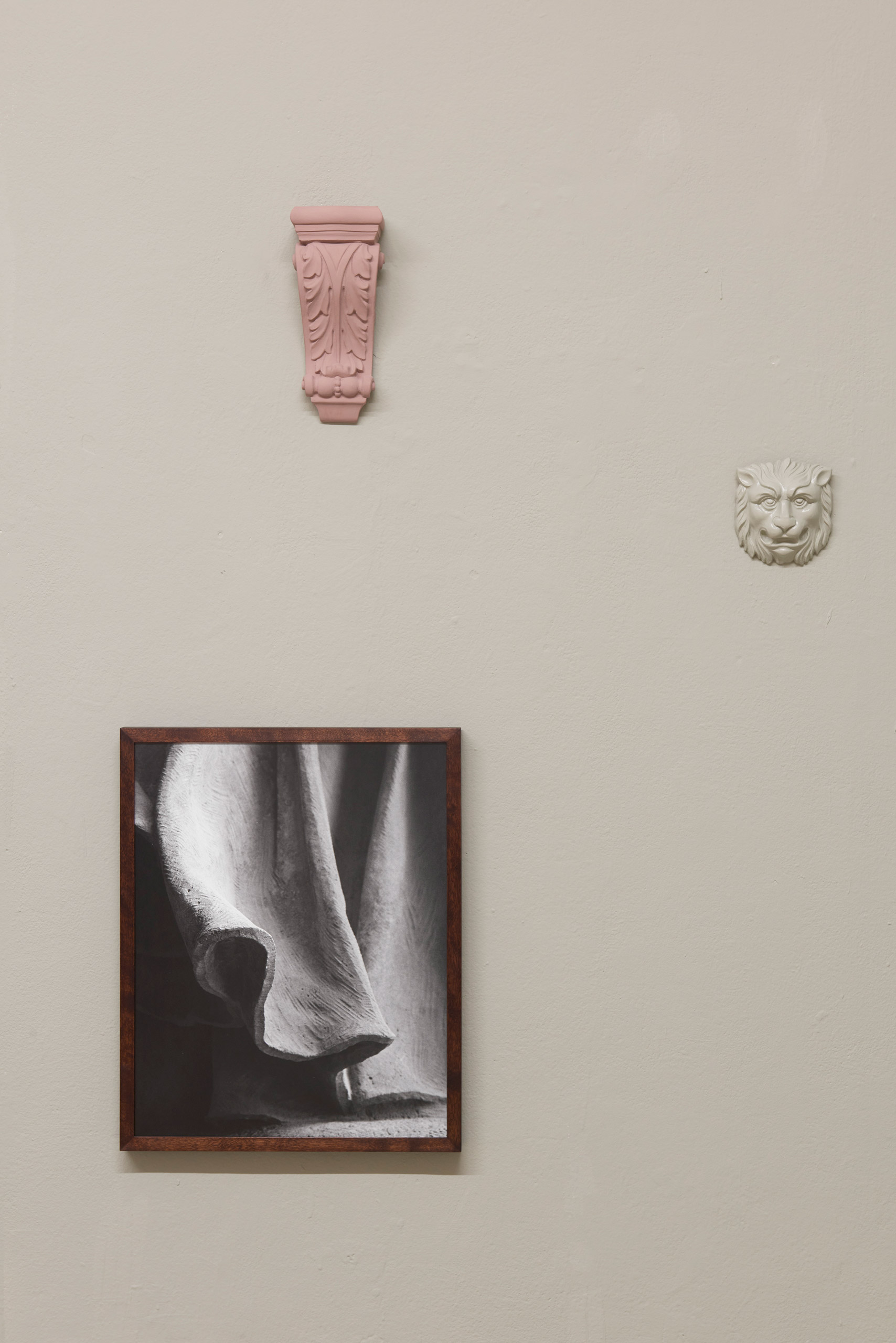
Maladies of The Infinite, exhibition view, Berlinskej Model, Prague, 2022
Maladies of The Infinitebrings together photographs, objects, and texts from Tereza Zelenkova’s ongoing practice that is based on photographic inquiries informed by the 19th century cultural landscape, local mythologies, classical literature, psychoanalysis, and philosophy. Working in analog black and white technique, her photographs draw the viewer into the world of the occult and mystical, translating speculative historical narratives and sensibilities of the passed epochs into tangible representations. The work is conceived as a comprehensive installation made up of fragments through which the notion of the interior is considered, both in the historical context of dwelling in the 19th century, and in particular symbolically charged spaces such as apartments of prominent authors, curiosity cabinets and museum rooms, as well as in terms of the ambivalent experience of one's own home in contemporary post-pandemic times.
Walter Benjamin's observation that the nineteenth century like no other before was obsessed with dwelling, referring to a space that "like an alluring creature disguises itself, putting on the costumes of moods” best describes the melancholy of stuffy rooms from the time of the Paris spleen, crowded room-museums that tend to archive their own tenants. One such tenant is T. from the story written by the artist, which is an integral part of the exhibition. Like JK Huysmans’ des Esseintes from the novel À Rebours, this eccentric character withdraws into a radical form of isolation that can be read as an attempt at a kind of "experimental sensualism", isolated and surrounded by refined objects, plants and textures, which slowly take over him. He no longer inhabits the room, but the room imperceptibly moves into him. We may ask a question at this point, aren’t our homes always at once universes of our individuality but also prisons that frame and expose our mortality?
Home in this case becomes a solitary stage for the reclusive character to perform his bizarre habits and idiosyncrasies, to engage with his own transience of which he is somewhat paradoxically reminded by his mute possessions.
The idea of an interior as an expression of an individual’s macrocosm has a historical rootedness; it comes with an invention of personal taste and boredom, and as such it is related to class power and cultural capital, especially in the 19th century. The maladies of the bourgeoisie, as Freud famously identified them, were a result of repressions of fundamental and primordial desires, which, regulated by social norms— especially in the era of an intense moral preoccupation, would return as unconscious manifestations through involuntary actions. In other words, that which is suppressed would come back to haunt us often in unexpected forms and guises. This was the case with a married couple from the newspaper article that Freud mentions in his essay “The Uncanny”, who upon moving into a new house furnished with stylish furniture, start experiencing disturbing sensations. The curiously shaped wooden table with carvings of crocodiles somehow comes to life at night as the tenants begin to experience a series of symptoms- swampy odor, gliding sounds, tripping over enigmatic objects in the darkness and so on. For the remarkable terror of the uncanny arises precisely from something foreign and threatening that is yet always “too familiar”, always “within”. The apartment of the fin de siècle encapsulates this encounter of the near and remote, familiar, and estranged, like reflections in the newly manufactured mirrors. In it, furnishing becomes cohabiting. As the world outside accelerates through steam and electricity, the apartment lies unaffected, conjuring up the image of stillness and dust.
Fragments of the uncanny interiors from Zelenkova's photographs become symptomatic spots through which the "maladies" of time can be registered—fetishes, desires, reveries, and dreams dreamed in the noise of the industrial revolution and early capitalism, which only the room, that private universe of the individual, with its heavy brocade curtains and upholstered furniture can still muffle.
Text: Mia Ćuk
Copyright: Tereza Zelenkova, 2022
